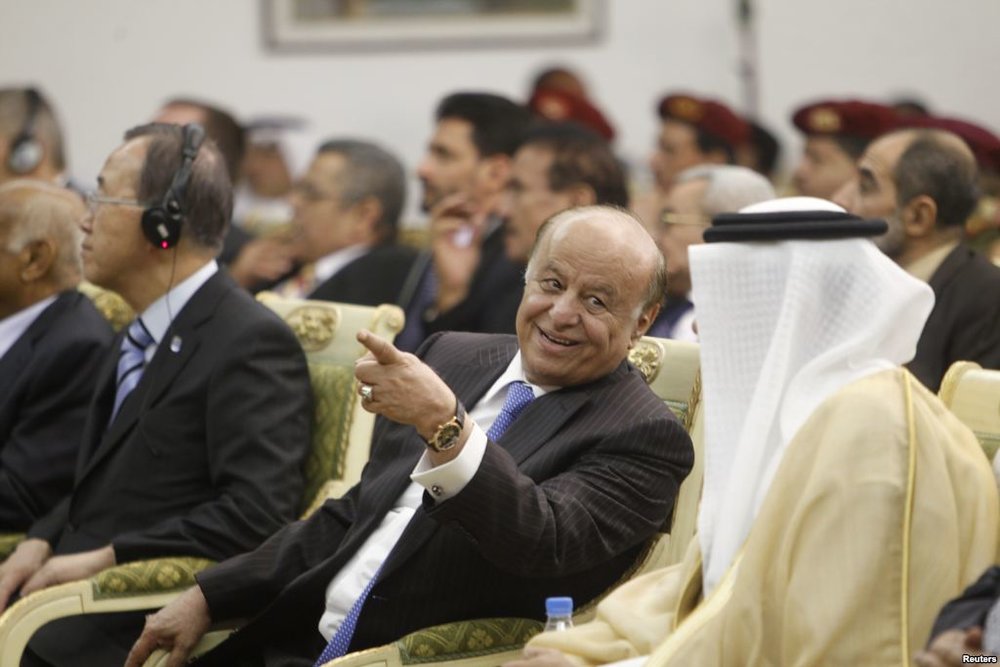
Casey Coombs and Tik Root | Voice of America
SANA'A — In Yemen, like in many Arab Spring countries, the revolution’s center of gravity has shifted from the popular revolts in Sana'a’s Change Square to quiet boardrooms across the capital, where nominally-elected political elites are guiding the beleaguered country through the democratic reform process.
However, in contrast to other revolutionary struggles around the Middle East and North Africa, Yemen's political transition is being driven by an experimental regional and international effort to stabilize the geopolitically sensitive hotspot in the Arabian Peninsula.
Beginning with the November 2011 transfer of power from former President Ali Abdullah Saleh to his longtime second-in-command Abd Rabu Mansur Hadi, the Saudi-brokered, U.S. and UN-backed Gulf country initiative has achieved progress toward its stated goals of restructuring the military and government in preparation for multiparty elections in early 2014.
The progress includes several rounds of presidential decrees removing or demoting former President Saleh's relatives and loyalists from top military and government posts.
Beginning with the November 2011 transfer of power from former President Ali Abdullah Saleh to his longtime second-in-command Abd Rabu Mansur Hadi, the Saudi-brokered, U.S. and UN-backed Gulf country initiative has achieved progress toward its stated goals of restructuring the military and government in preparation for multiparty elections in early 2014.
The progress includes several rounds of presidential decrees removing or demoting former President Saleh's relatives and loyalists from top military and government posts.